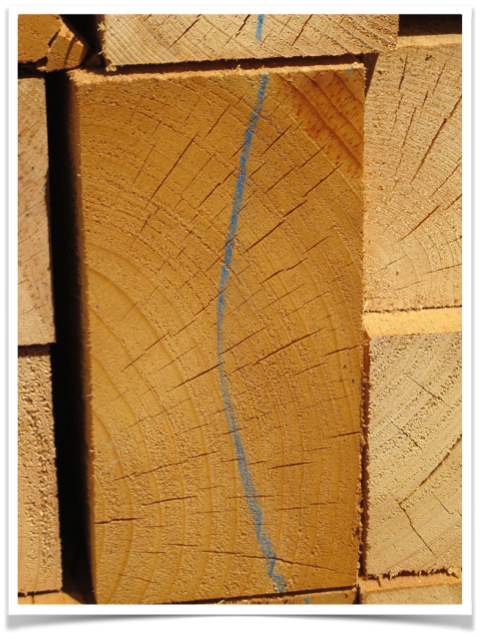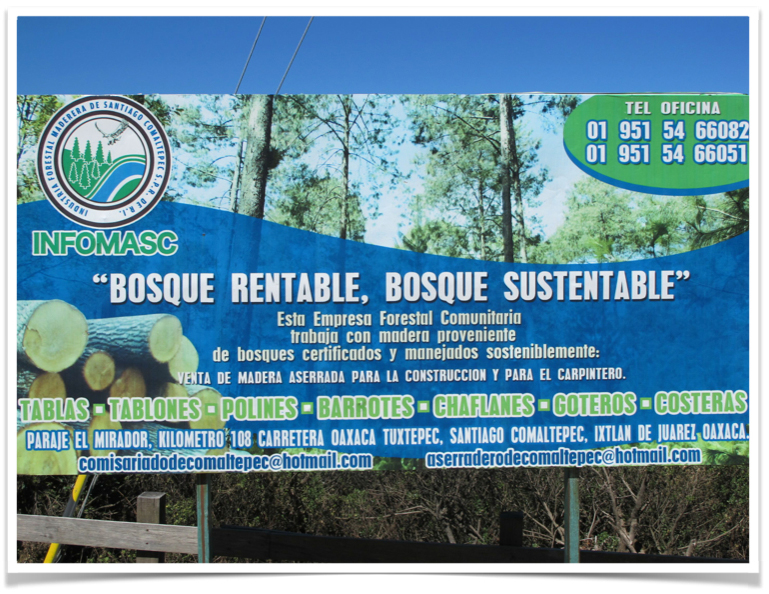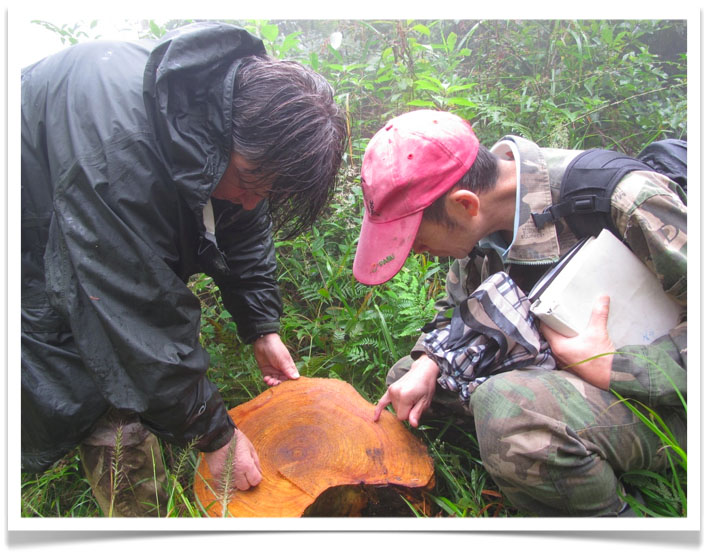
Because of the aseasonality of the climate in which they grow, the great majority of tropical trees do not produce growth rings. The few species that do exhibit visible discontinuities in their secondary xylem have rarely produced these on a reliable, annual basis. The lack of growth rings in tropical trees causes a lot of problems for ecologists and foresters. Foresters cannot easily determine how fast their trees are growing, and ecologists are left with no way of accurately determining tree age or reconstructing forest dynamics.
Myrciaria dubia (see Camu-camu), a riparian shrub from lowland Amazonia, spends a large part of the year underwater. Once the floodwaters recede, the tree has three to four months to grow, flower, and fruit before being submerged again. Not surprisingly, cross sections of the wood from this species (shown above) exhibit well-defined growth rings. And given that the Amazon River rises and falls only once a year, these growth rings are produced annually.
You can determine the age and growth history of Myrciaria dubia by counting rings and carefully measuring ring widths. The species produces larger rings during years with low flooding (i.e. it is out of the water for a longer period of time), and smaller rings during years of heavy flooding. [NOTE: The trunk of a large adult may contain up to 40 years of floodpeak data].
 Wednesday, April 16, 2014 at 1:30PM
Wednesday, April 16, 2014 at 1:30PM 




